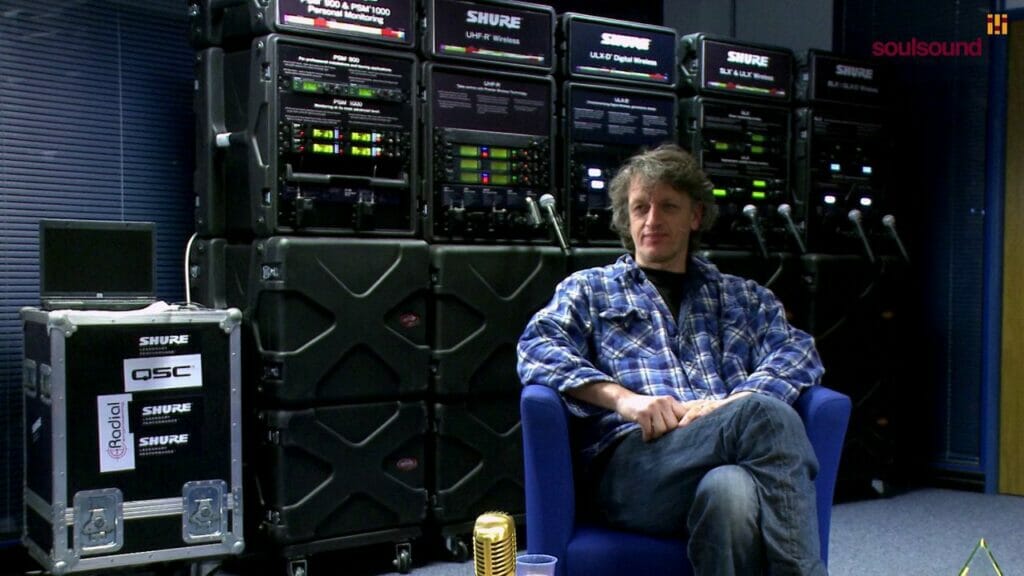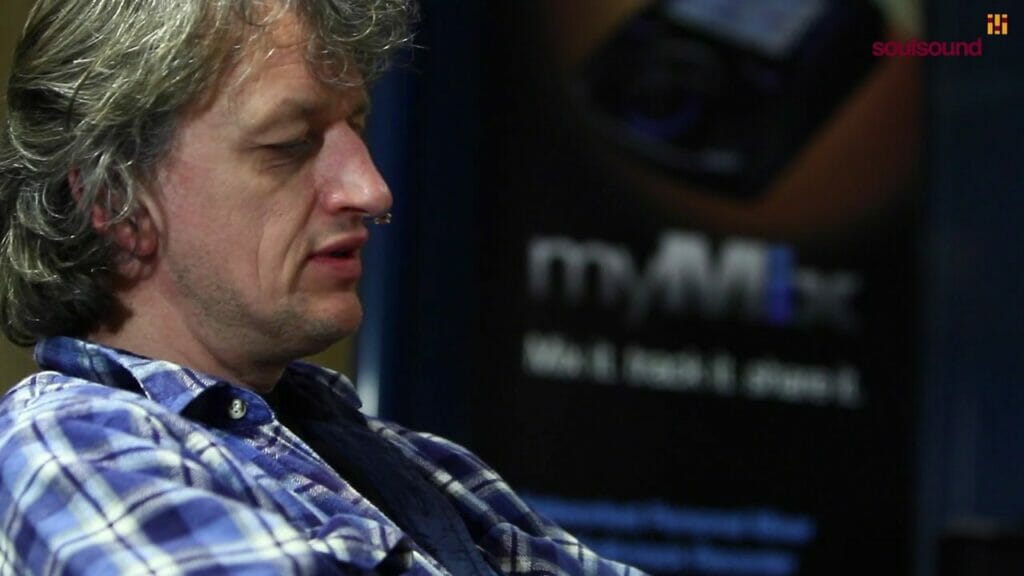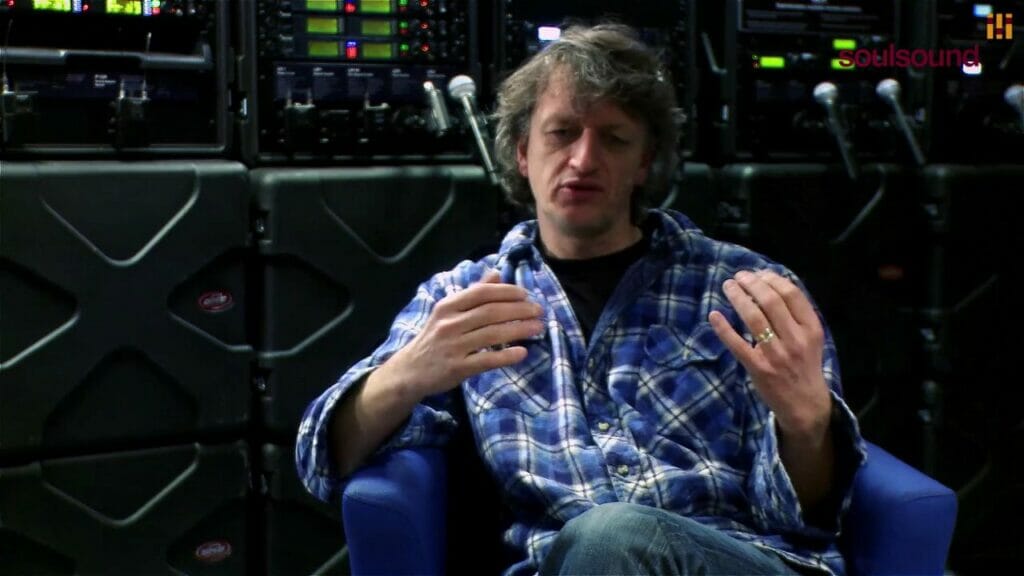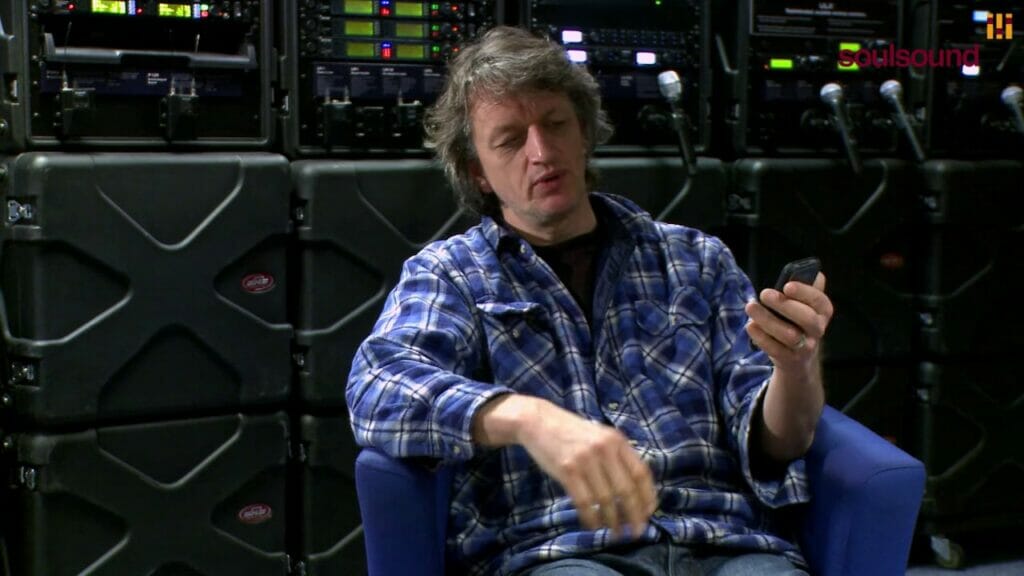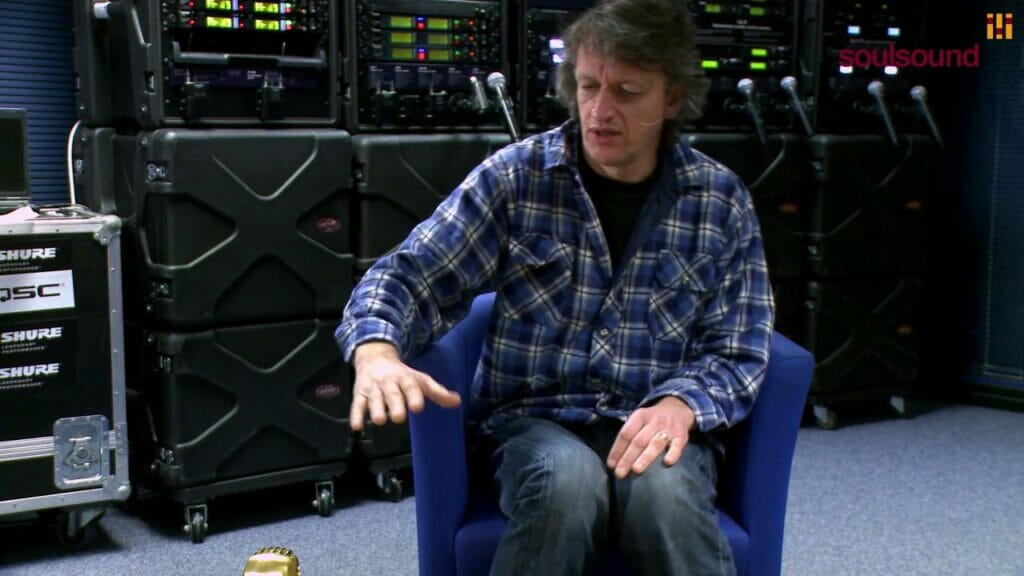In this video, Marcel discusses this deceptively simple question. Of course if the budget is unlimited it should be possible to use vintage audio equipment from the 1950’s and 60’s and to create an environment similar to that used by artists of that period in order to solve this problem. Unfortunately as the audio industry evolves ever higher standards, the old technology is almost always discarded somewhere along the way, so us mere mortals with a small recording facility and no money really need to find ways of simulating some of those fabulous “old school” recordings without the massive expense and challenge of resurrecting ancient and unreliable gear, if you can still find or afford it. So, how can one “cheat” and achieve a vintage drum sound using modern equipment? Marcel offers several choice methods of simulating these vintage sounds in terms of microphone techniques and somewhat ironically describes how to use some digital modellers or “plug ins” that are designed to simulate some of the serendipitous anomalies of analogue equipment, such as “tape distortion” simulators.
02. Marcel Answers: How To Create A Vintage Drum Sound
Other episodes
01. Marcel Answers: Digital Audio And Compressed Music Files
Are compressed audio files acceptable? Marcel’s answer is clear. “If you love music, then compressed files are no good. That is the end of it.”
03. Marcel Answers: Engineering For Tori Amos
What is the most challenging thing when sound engineering for Tori Amos?
04. Marcel Answers: Favourite Effects
What is your favourite creative effect to use in production besides EQ and compression?
05. Marcel Answers: Recording Vocals
When recording vocals, what is your suggested position for the mic, how far would the singer be from it and how might that vary?
06. Marcel Answers: Recording Tori Amos’ Piano
How have your microphone choices changed when working with Tori in the studio and live?
